There are many different ways to build a championship-caliber team. The make-up of the 2020 Tampa Bay Lightning is way different from the make-up of the 2019 St. Louis Blues. Keep going back through championship teams and you’ll find one constant: they’re all built up in a way that highlights their strengths.
Related: Steve Yzerman, The Captain
When you’re in a rebuild like the Detroit Red Wings are, it’s easy to say that the team has no strengths. However, that pessimistic view disregards the few good things the team has going on. Despite an awful 2019-20 season, even the Red Wings have some things that they can build on.
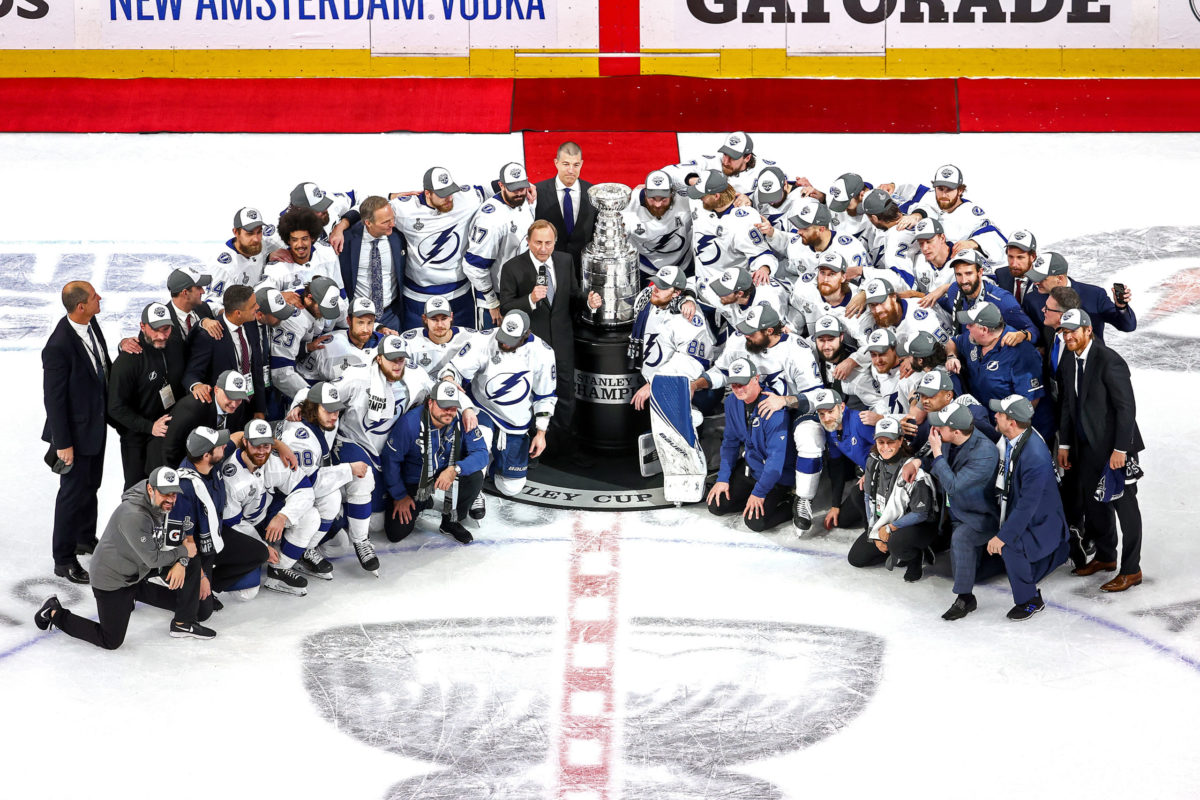
To quote our own Tony Wolak from an article published last week, “Teams that conduct strategic planning over a three- or four-year span are going to gain an advantage.” With this in mind, we need to look at how strategically targeting wingers in the coming years will help build up the Red Wings’ barren roster.
Championship Precedent
Throughout the Chicago Blackhawks’ run of excellence from 2009 to 2015, their lineup down the middle looked like this:
| Jonathan Toews |
| Guy |
| Guy |
| Guy |
Toews was the undisputed top center in Chicago while the other spots were filled in through many different means. The second-line center position was filled by Patrick Sharp in 2010, Michal Handzus in 2013, and Brad Richards in 2015. None of them were drafted by the Blackhawks, but they were brought in to support the bounty of wingers the team had assembled.
Just last season, the St. Louis Blues won the Stanley Cup with a lineup that wasn’t necessarily built down the middle.
| Jaden Schwartz | Brayden Schenn | Vladimir Tarasenko |
| Sammy Blais | Ryan O’Reilly | David Perron |
| Patrick Maroon | Tyler Bozak | Robert Thomas |
| Ivan Barbashev | Oskar Sundqvist | Alex Steen |
You could make an argument for O’Reilly as a true top-line center, but the rest of the center group here aren’t really in the conversation. Instead, this team was built on depth, skill, grit and defensive responsibility. There’s no Sidney Crosby/Evgeni Malkin one-two punch here.
This goes to show that a team really only needs one really good center as long as that team has considerable depth on the wings. The Blackhawks had Patrick Kane, Marian Hossa, Brandon Saad, Sharp and others throughout the years. The Blues had Tarasenko, Schwartz, Perron, as well as buy-in from everybody on the roster.
Luckily for the Red Wings, they already have the makings of a good-enough center group. This begins and ends with their best player: Dylan Larkin.
Larkin Is A First-Line Center
When Larkin was drafted 15th overall in 2014, a lot of questions surrounded his upside in the NHL. As he developed his game at the University of Michigan the following season, some people drew some comparisons between Larkin and Toews. To this day, there continue to be some similarities between the two centermen.
- Both players receive high marks for their two-way game, though Toews had a much more polished defensive game at Larkin’s age.
- Both are the designated leaders of their respective teams; Larkin is the odds-on favorite to become the Red Wings’ captain next season.
- Though both have and can play on their team’s top line, they both would find their maximum value as a top-tier second-line center.
But the argument can be made that Larkin is truly a first-line center. In the two seasons since becoming the Red Wings’ top option down the middle, he has come out ahead of some of the game’s top players when playing against them. In fact, in terms of Corsi — a measurement of the share of scoring chances a player’s team has while they are on the ice — he has a 52.5% rate at five-on-five while facing the league’s best defenders.
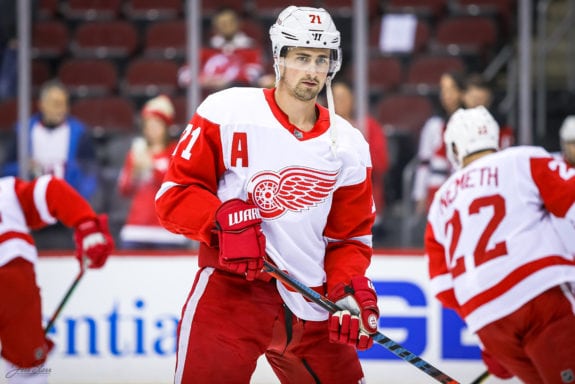
At just 24 years of age, Larkin is just entering the prime of his career while the Red Wings are nowhere near contending. This is partially because of the team’s lack of offensive depth down their lineup. However, there is help on the way.
A Look at the Prospect Pool
Prior to the 2020 Draft, two of the Red Wings’ top five players under the age of 22 are centers. They are Michael Rasmussen (9th overall in 2017) and Joe Veleno (30th overall in 2018.) While neither of them looks to have top-line potential, they both have legitimate middle-six potential. There’s a very real chance the Red Wings could thrive with Larkin at 1C, Veleno at 2C and Rasmussen at 3C.
In order to make this possibility a reality, the Red Wings need to load up on the wings. They already have Anthony Mantha and Tyler Bertuzzi on the team and, when playing with Larkin down the middle, have formed a surprisingly potent top line. They also added Robby Fabbri which gives them some secondary scoring from the wings.
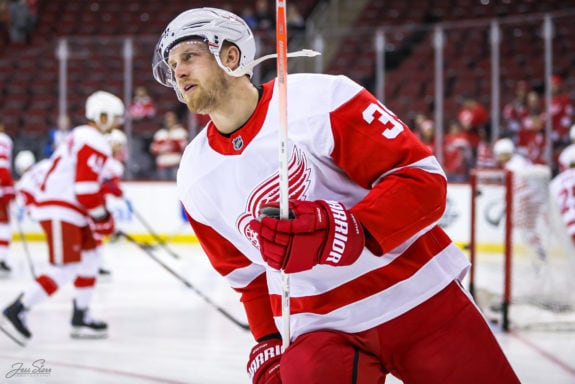
In the prospect pool, you’ll find the likes of Filip Zadina, Evgeny Svechnikov and Taro Hirose among others. While the latter two look like they might be able to provide depth production in the NHL, Zadina — the sixth pick of the 2018 Draft — still has top-line potential despite some concerns over his production at the pro level.
But with Zadina looking like a lock for a spot in next season’s lineup, the Red Wings will once again be without a top-tier winger in their system. That’s where the 2020 Draft comes into play.
The Lucas Raymond Effect
With the fourth pick in the 2020 Draft, the Red Wings selected Swedish winger Lucas Raymond. Considered by many to be the second-best pure winger in the draft, Raymond brings a blend of skill and hockey sense to the Red Wings’ prospect pool that it desperately needed. By all marks, he is now their best prospect.
As a right-handed shot, he can take a shooting position on the left side or he can dish it from the right. His greatest tool is his ability to make plays, both for himself and his teammates. As a playmaker, he’s a natural fit alongside a shooter like Zadina on the other wing.
But Raymond wasn’t the only forward the Red Wings brought in during the draft. They also selected center Theodor Niederbach with the 51st selection. While he also provides a toolkit built on skill and high hockey IQ, his upside is more in line with a second or third-line center — just like the other centers in the Red Wings’ pool. There’s a continuous theme here: high-octane wingers and good-enough centers.
Fill in the Gaps
It’s important to note that nobody who played center for the Blues during their championship run last year was originally drafted by St. Louis. However, every single winger in the Blues’ top-six was drafted by them.
None of the guys that played below Toews were drafted by the Blackhawks either. Instead, they brought in help via free agency, as well as a smart trade here or there. There’s no reason the Red Wings can’t do the same.
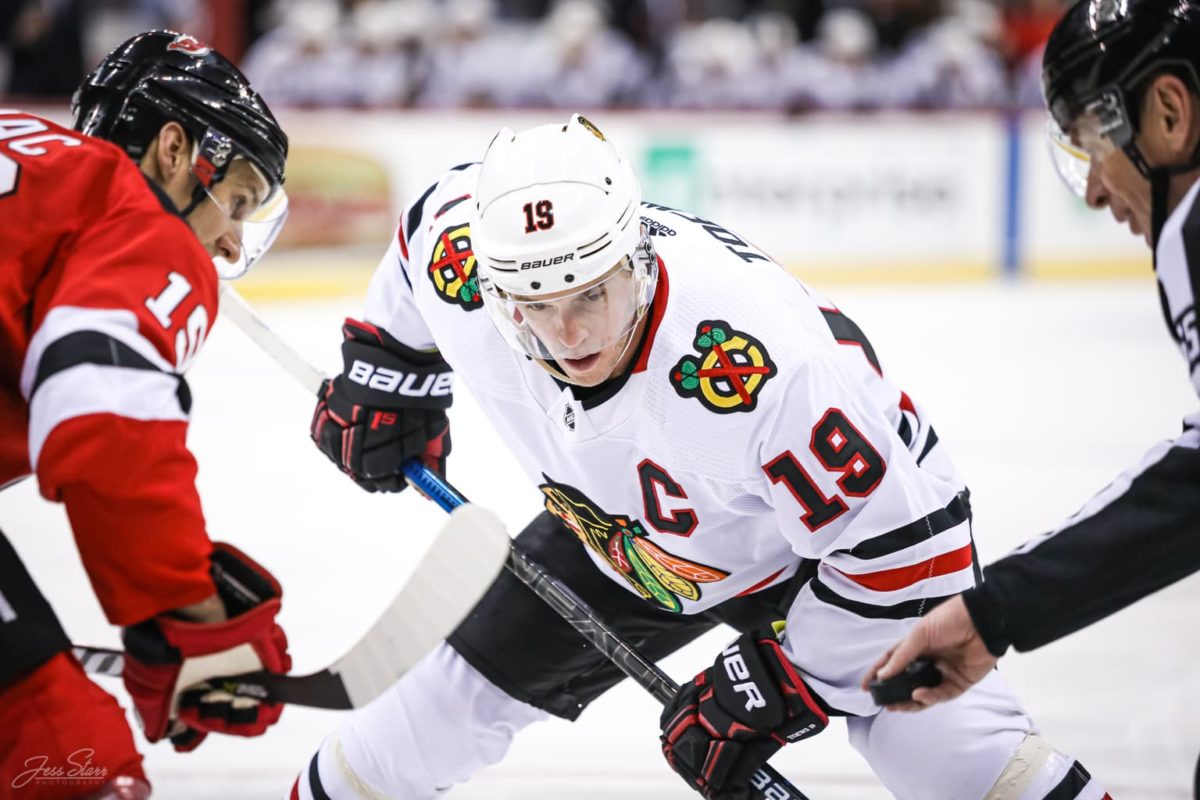
Once the Red Wings have turned the corner in their rebuild, they can address whatever shortcomings they may have. Perhaps they use Rasmussen, Veleno or Niederbach as trade bait to acquire a better option down the middle. Maybe they go out and sign a top-tier forward like when the Blackhawks signed Hossa in the summer of 2009.
If the Red Wings follow this plan, they can strategically target players as they become available. If they find that they have too many wingers on-hand, they can deal from their abundance to address an area of weakness. Acquiring players is as much about finding the right fit as it is about giving the team options down the road.
A Roadmap For Success
Despite their results, the Blackhawks and the Blues do not represent full-proof models on how to build a championship-caliber team. They simply provide examples of how teams will find success if they lean into their strengths.
Related: 8 Unbreakable Red Wings Records
The Red Wings currently have a blank slate in terms of what their team-strength(s) is/are. As they continue to draft and bring in players from outside the organization, Yzerman and his team will begin to establish and shape the future of the offense, as well as the entire roster. After the selection of Raymond, they way forward has never seemed clearer.
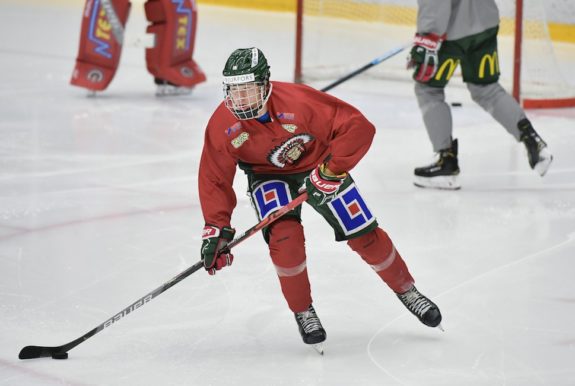
Given the pieces that are already in place, as well as the precedent set by teams that have been chiseled onto the Stanley Cup, the Red Wings should believe in Larkin and should continue to build up from both wing positions. It might very well be the clearest path for the Red Wings to climb up the Eastern Conference and into the playoffs.
For a team and a fanbase with little appetite for an endless rebuild, a plan like this should be easy to get on-board with.